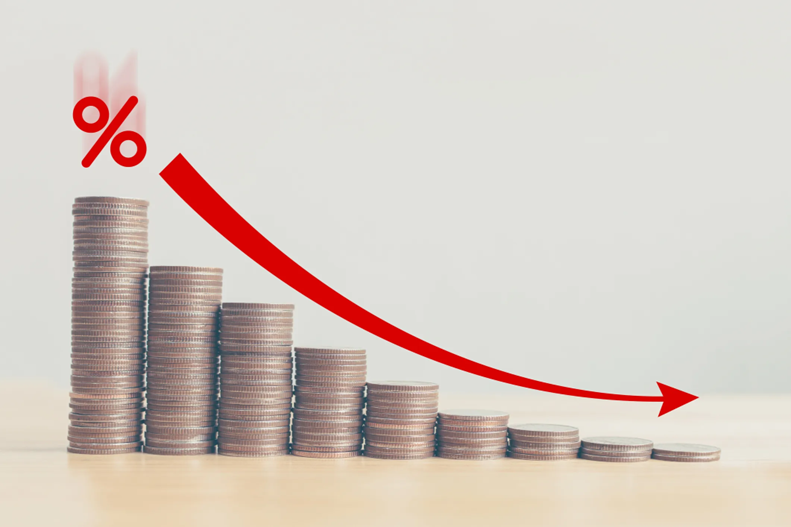

Gee, the case for the RBA to stop raising rates is building, with economic growth in the September quarter down to a weak 0.2%, with economists thinking it would be more likely to be 0.5%. That’s a big miss and says the economy is slowing faster than what the RBA was thinking when it raised the cash rate by 0.25% to 4.35% on Cup Day.
Annual growth came in at 2.1%, which is OK, but that number was bumped up by earlier quarters when we were growing much faster as interest rates were much lower. That was then, this is now!
Now we learn that the big buffers Aussies had in their savings from the Covid lockdown days, when spending became harder and interest rates fell to unbelievably low levels, are starting to shrink, big time!
This is how the AFRs’ Michael Read reported it: “High inflation, rapidly rising interest rates and a record federal government income tax take have driven real incomes to their lowest level in eight years, forcing households to eat into the $237 billion savings buffer built up during the pandemic.”
Adding to the negative picture, which says rate rises are biting harder than was tipped by most economists (that didn’t include me) was real household disposable incomes, which now have dropped eight quarters in a row! The fall this year is a big 6.6% and shows what inflation and rate rises have done to the cost of living and what average household incomes can buy.
Read says this income decline “…has taken household purchasing power back to December 2015 levels.”
History shows that Scott Morrison and Josh Frydenberg threw a lot of stimulus at the economy to dodge a deep recession, and the US central bank economists have calculated it meant Australian households “… accumulated a far larger savings buffer than other advanced economies.”
While Treasurer Chalmers points to Labor’s support for wage rises as examples of how the Albanese Government has slightly offset the loss of disposable or spendable income, Judo Bank chief economist Warren Hogan says the recent increase of the tax take from the federal government hasn’t helped, which he described as “massive”.
Dr Jim and Albo won’t like this from Dr Hogan: “End of LMITO and bracket creep has seen a 28 per cent increase [in tax] over the past year, highest since 1977. The Treasury is doing more damage to household disposable incomes than the RBA.”
How did this happen? Well, unlike many other OECD countries Australia doesn’t index tax brackets to changes in inflation. So, when wages rise because of inflation, many workers get pushed into higher tax brackets and the Government shares in the uplift in someone’s wage.
It’s called bracket creep. And right now, many Australians undoubtedly think it’s a creepy thing to do. The only pay-off is that this income-taking by Treasury could stop the RBA from further rate rises.
By the way, another good economic revelation that could make the RBA happy was the 0.9% rise in productivity. As Read points out: “The RBA has warned productivity needs to increase about 0.5 per cent to 1 per cent per year to prevent current rates of wages growth from leading to high inflation.”